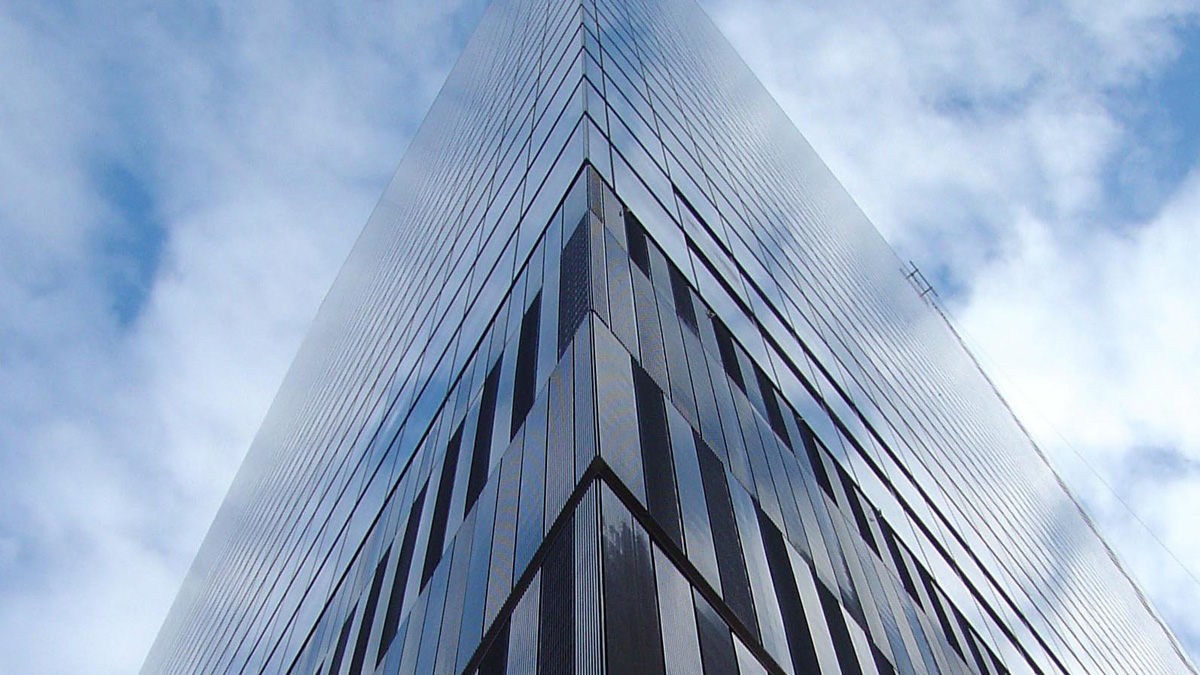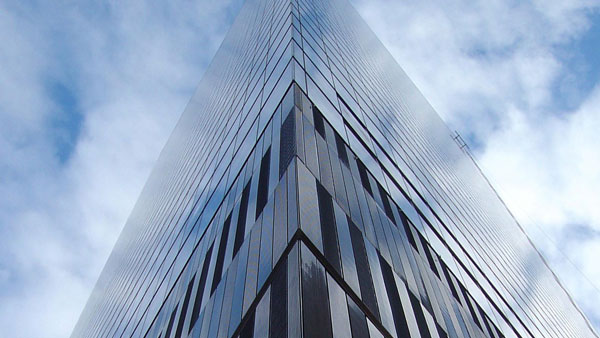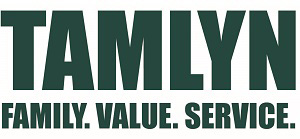By: Jeanette Fitzgerald Pitts
In many cases, completed projects can serve as excellent teaching tools for demonstrating what can be accomplished architecturally in a space and how to best accomplish it. This course explores some of the lessons learned during the recent completion of several different types of projects. In Chicago, an oft-avoided exterior space is transformed into a gathering place that unites two neighborhoods with the custom creation of 40-ft.-tall light masts that create a vibrant, safe, and evenly illuminated atmosphere after hours. In Santa Fe, a building originally designed and constructed by John Gaw Meem in 1939 was carefully restored to its original Spanish-Pueblo Revival style, which required demolishing an outmoded 1970s two-story infill structure that occupied the courtyard. Architecture, design, and construction firm The Beck Group shares insights it gleaned while renovating its headquarters and creating a corporate office environment that heightened employee comfort, concentration, and collaboration. This course also includes tips for creating workspaces that boost wellbeing by applying the principles of neuroarchitecture through the use of art, color, lighting and design.
Let’s begin with a surprising material that is emerging as a solution for a myriad of design challenges. This is best showcased in the creative ways it has been recently used, but first, we will introduce this versatile component.
LEARNING OBJECTIVES
After reading this article, you should be able to:
- Explain the ways that resistance-welded, stainless-steel, surface wire-on-support rod material have been used to solve a myriad of design problems.
- Describe how the design team at Studio Southwest Architects renovated the Santa Fe County Courthouse, originally built in 1939, to preserve historic building elements, and upgrade the property for ADA accessibility.
- Summarize the lessons learned by the Beck Group as they renovated their new corporate office to reflect their brand identity while heightening employee comfort, concentration, and collaboration.
- Apply principles of neuroarchitecture through the use of art, color, lighting, and design to create workspaces that positively impact mood, productivity, and overall health.
Sponsored by Johnson Architectural Elements









